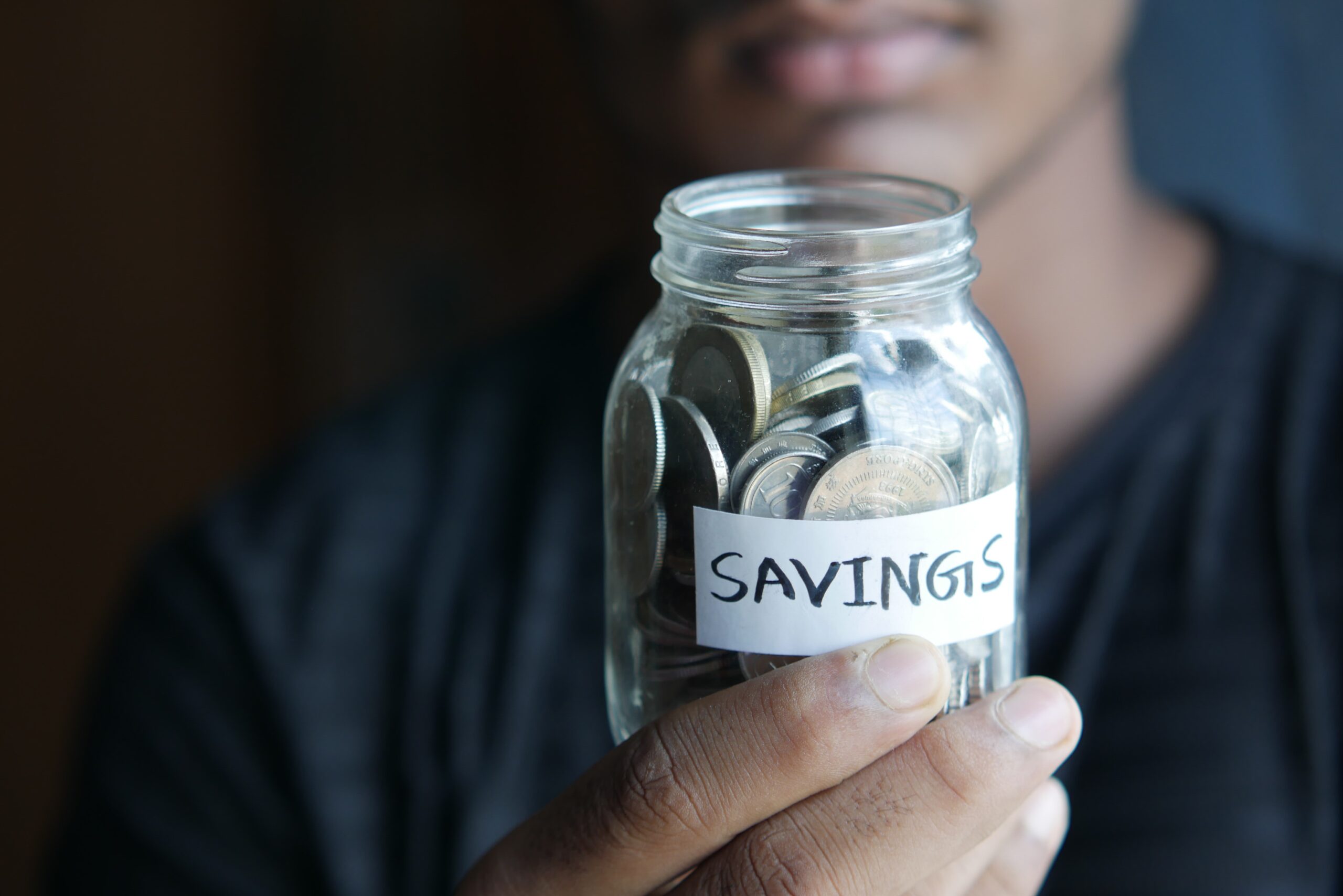
primer domain was triggered too early. This is usually an indicator for some code in the plugin or theme running too early. Translations should be loaded at the init action or later. Please see Debugging in WordPress for more information. (This message was added in version 6.7.0.) in /home/ikq167bdy5z8/public_html/propertyresourceholdingsgroup.com/wp-includes/functions.php on line 6114
The US personal savings rate has dropped to almost a record low, which has added to the idea that consumers are clearly in a tight spot heading into 2023. This is worrying because about two-thirds of the economy comes from what people spend. One widely used analysis by Federal Reserve economists said that by June of this year, households had already spent half of the money they had saved during the pandemic.
But it’s possible that the rate of savings is sending the wrong message. Or at least not saying everything? The more important number might be how much cash people have on hand as a safety net. This signal is more comforting. According to the Fed’s quarterly Flow of Funds report, which was just released, checkable deposits for households and nonprofit organisations, which are the best indicator of cash-on-hand, rose from $4.28 trillion at the end of 2021 to a record $5.12 trillion at the end of the third quarter. To get an idea of how big that number is, think about how checkable deposits were only about $1.2 trillion before the pandemic, after reaching a peak of $1.43 trillion in 2018.
Until the first quarter of this year, the savings rate and the amount of money that could be used as a check told a similar story. Early in the year, analysis based on the personal savings rate put the amount of extra savings, or the amount of savings above what would be expected, at $2.2 trillion. Checkable deposits, on the other hand, were about $2.4 trillion above what would have been expected based on the trend before the crisis. Only in the last two quarters have the two measures become very different from each other. About $500 billion less money is being saved than before, while checkable deposits have grown by more than $800 billion. This gives us some ideas about what could be happening with the data.
The first problem is that the information used to figure out the savings rate is just wrong. The government figures out the savings rate as part of the same process that figures out the gross domestic product. The GDP report showed that the economy shrank in the first two quarters of 2022, which is how a recession is technically (but not officially) defined. But the main indicators, like job growth, manufacturing output, and retail sales, showed that the economy was still doing well. So the National Bureau of Economic Research, which is in charge of keeping track of recessions, didn’t name one. If the GDP data was an outlier, which could have been caused by shipping delays affecting the estimated imports and exports, it makes sense that the savings rate estimate could have also been off.
The second reason is that checkable deposits went up because people were selling stocks and bonds because it was a bad year for both. In fact, the same Fed report on household wealth showed that over the first three quarters of this year, the total value of corporate stocks and mutual funds fell by a huge $11 trillion. Of course, it’s impossible to know how much of that drop is due to people getting out of the markets and how much is due to the value of their investments going down, but it’s probably a little bit of both.
One important sign that cashing out is a big factor is that household holdings of US Treasury securities grew by more than $1 trillion in the first three quarters of the year, even though the value of Treasury securities fell during the same time. The distribution of checkable deposits is another. It shows that the cash balances of the top 80% of households by income went up steadily until the beginning of 2022, while the cash balances of the bottom 20% went down sharply. From the point of view of income inequality, this is bad news, but it makes it less likely that consumer spending as a whole is about to crash.
We do know that the Fed is continuing to raise benchmark interest rates, which is putting pressure on the value of all kinds of assets. At the same time, the cost of big-ticket items like new cars, home renovations, and travel has gone up sharply. That could be why people have been saving less overall but holding on to cash more.
If that’s the case, it’s likely that consumer spending will slow down early next year because their net worth is going down. However, it’s unlikely that spending will drop sharply because people don’t have enough money. This is good news for people who want the economy to stay stable and not crash.